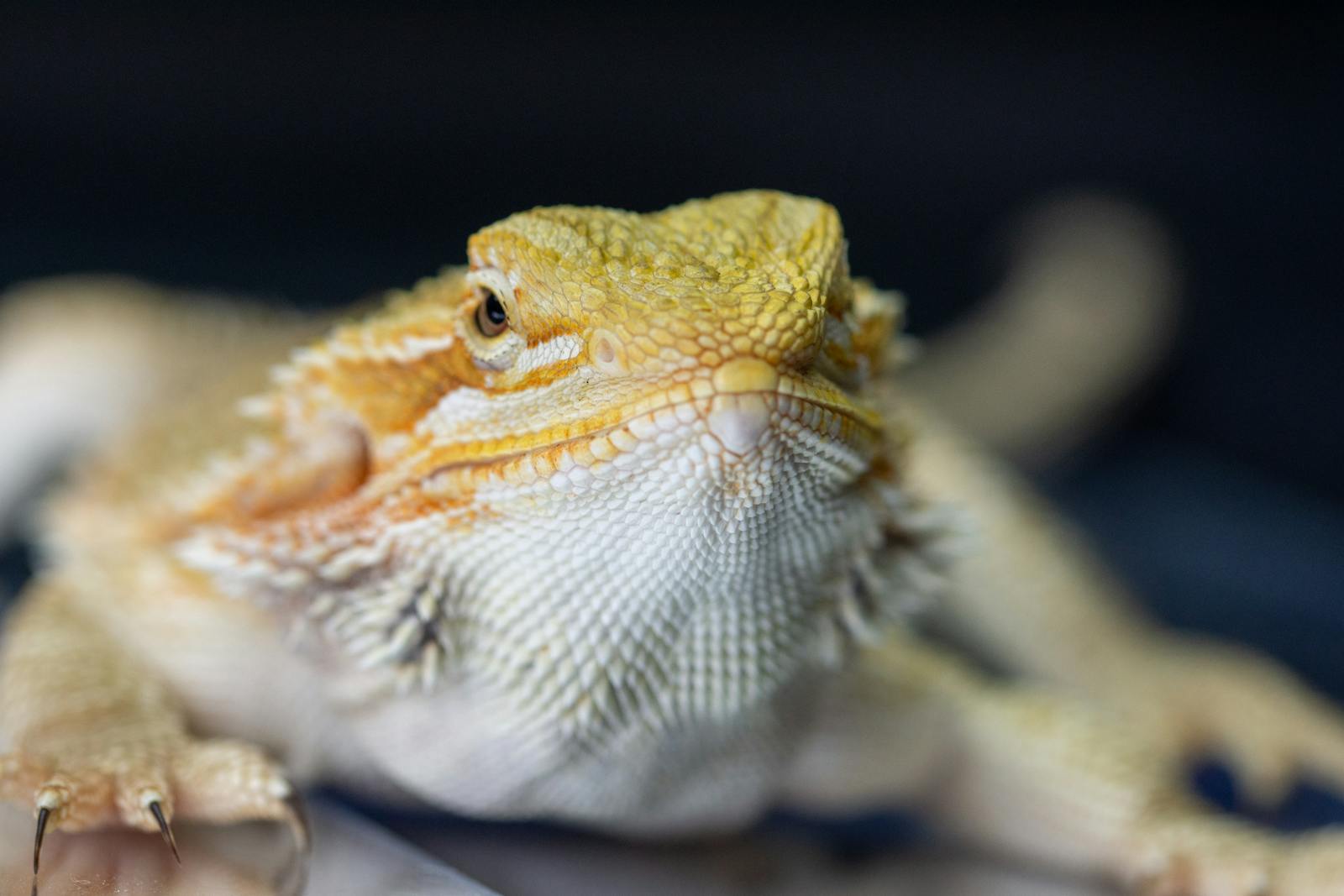Reptiles have become increasingly popular pets over the past decade, with species like bearded dragons, leopard geckos, and ball pythons finding their way into many homes. However, these fascinating creatures have specific care requirements that differ significantly from traditional pets like cats and dogs. Even well-intentioned reptile owners can make mistakes that impact their pet’s health and wellbeing. In this article, we’ll explore five common errors reptile enthusiasts make and provide practical solutions to ensure your scaly friend thrives under your care. Whether you’re a first-time owner or have years of experience, these insights will help you create the optimal environment for your reptilian companion.
Inadequate Temperature Gradients
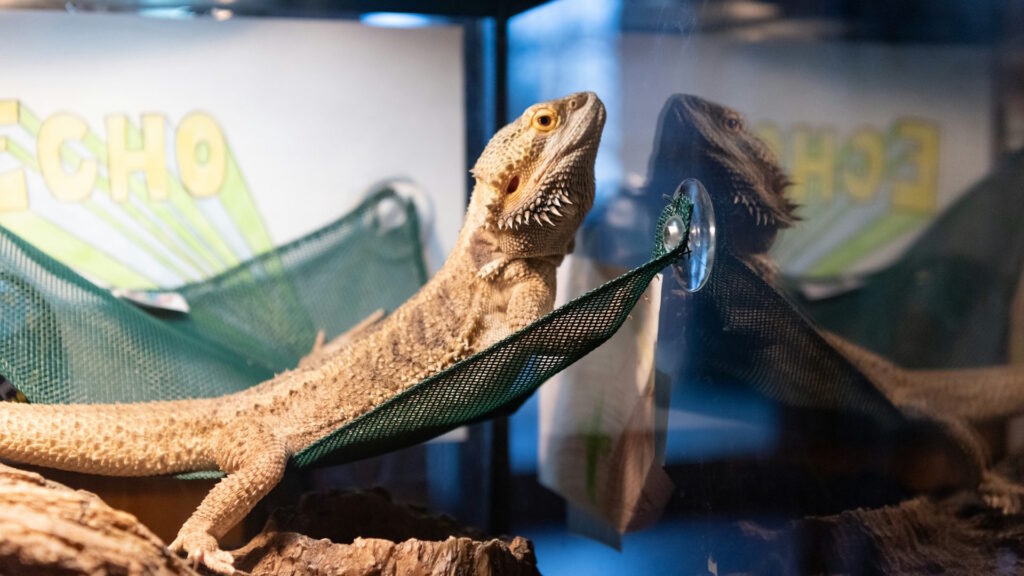
Unlike mammals, reptiles are ectothermic (cold-blooded), meaning they rely on external heat sources to regulate their body temperature. One of the most common mistakes owners make is failing to provide proper temperature gradients within the enclosure. Many set up a single heat source that creates uniform warmth throughout the habitat, preventing the reptile from thermoregulating naturally. In the wild, reptiles move between warmer and cooler areas throughout the day to maintain optimal body temperature for digestion, immune function, and activity. Without these temperature variations, reptiles can suffer from digestive issues, weakened immune systems, and overall poor health that may not be immediately obvious to owners.
The Solution to Temperature Problems
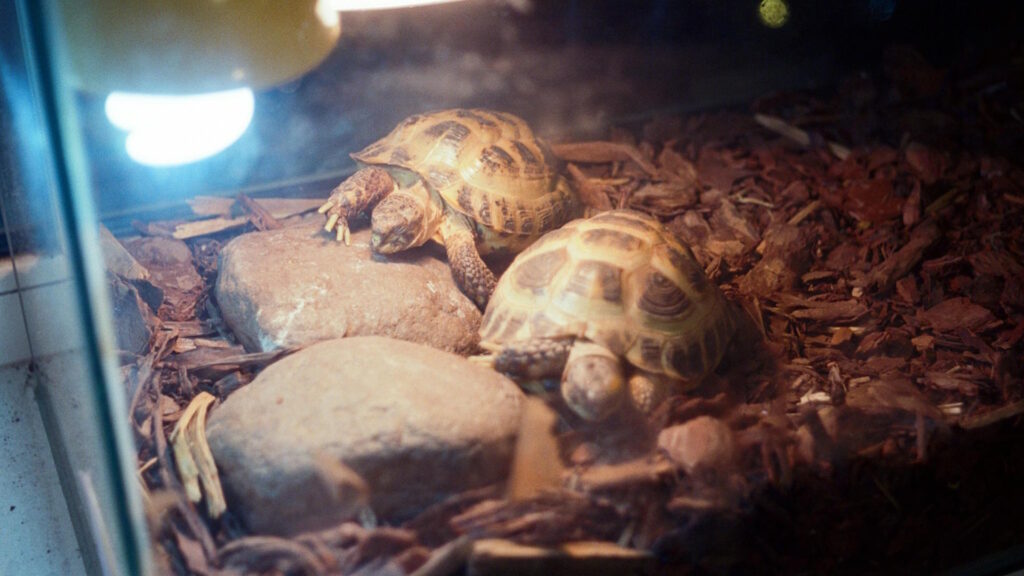
Creating a proper thermal gradient requires setting up distinct temperature zones within your reptile’s enclosure. Install a primary heat source (such as a heat lamp, ceramic heat emitter, or under-tank heater) on one side of the habitat to create a basking spot appropriate for your specific species. The opposite end should remain cooler, allowing your pet to move between areas as needed throughout the day. Use reliable thermometers placed at both the warm and cool ends to monitor temperatures accurately, as dial thermometers can be notoriously inaccurate. For most species, the temperature difference between the warm and cool sides should be at least 10-15°F (5-8°C), though exact requirements vary by species. Remember that nighttime temperatures should typically drop slightly, mimicking natural temperature fluctuations your reptile would experience in the wild.
Improper UVB Lighting
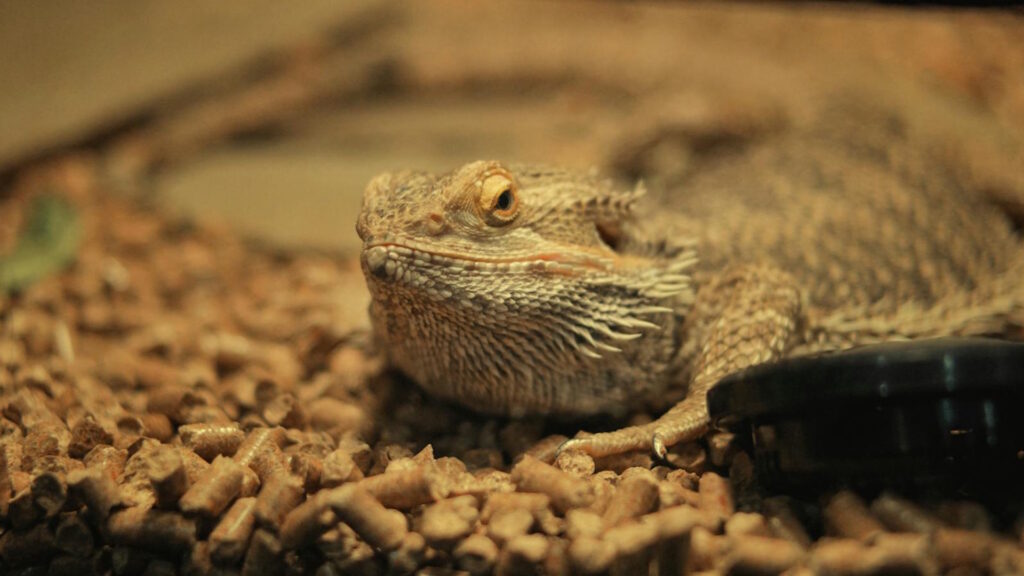
Ultraviolet B (UVB) lighting is essential for many reptile species, particularly diurnal ones like bearded dragons, iguanas, and tortoises. A critical mistake owners make is either omitting UVB lighting entirely or using inadequate bulbs that don’t provide sufficient UVB exposure. Without proper UVB, reptiles cannot synthesize vitamin D3, which is necessary for calcium metabolism. This deficiency leads to metabolic bone disease (MBD), a painful and potentially fatal condition characterized by soft, deformed bones, muscle weakness, and tremors. Many owners mistakenly believe that dietary vitamin supplements alone can compensate for lack of UVB exposure, but this is rarely sufficient for species that naturally bask in direct sunlight.
Correcting UVB Lighting Issues
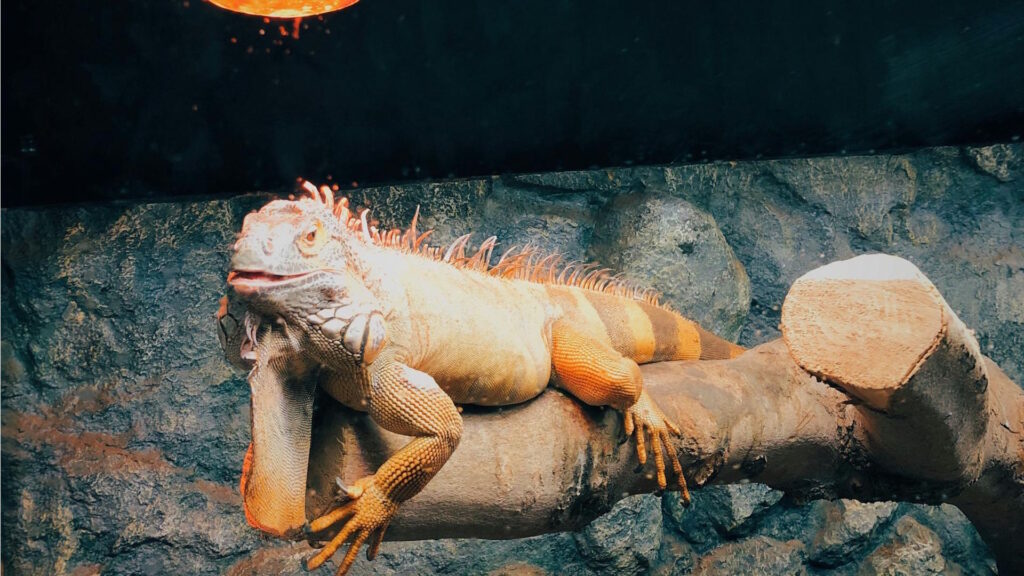
Invest in a high-quality UVB bulb specifically designed for reptiles, matching the percentage of UVB output to your pet’s natural habitat and requirements. Desert species typically need higher UVB output (10-12%) than tropical forest dwellers (5-6%). Position the UVB light according to manufacturer specifications, usually at the appropriate distance to create an effective basking zone where your reptile can receive optimal exposure. Replace UVB bulbs regularly according to manufacturer guidelines, typically every 6-12 months, even if they still produce visible light, as their UVB output diminishes over time. Create a proper photoperiod by maintaining a consistent 12-14 hour light cycle for most species, which helps regulate their natural behaviors and biological functions.
Inappropriate Enclosure Size
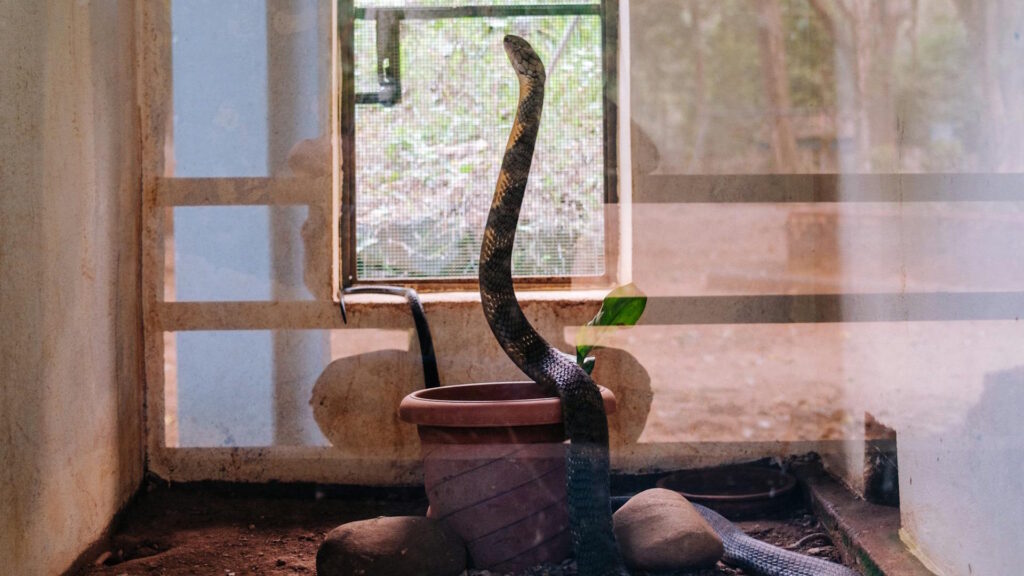
Many reptile owners, particularly beginners, house their pets in enclosures that are too small, often based on outdated information or pet store recommendations focused on selling starter kits. Inadequate space prevents natural behaviors like climbing, exploring, and proper thermoregulation, leading to stress and health issues. Equally problematic is when owners place small or juvenile reptiles in excessively large enclosures without adequate hiding spots, which can cause anxiety and feeding problems as the animal feels exposed and vulnerable. Certain species also have specific dimensional requirements – arboreal species like chameleons and certain geckos need tall enclosures for climbing, while terrestrial species like tortoises need more floor space for roaming.
Solving Enclosure Size Problems
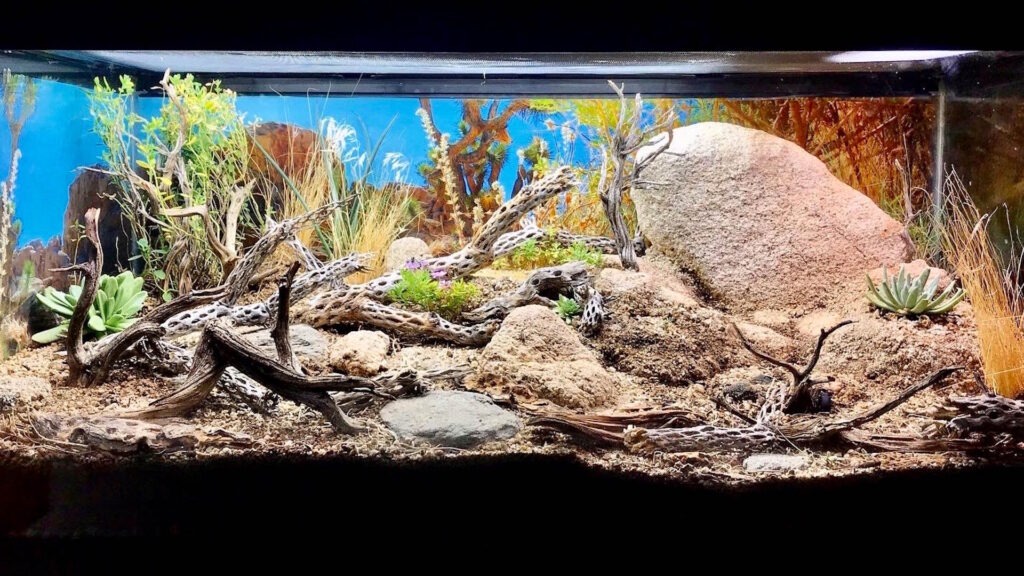
Research the specific spatial needs of your reptile species, focusing on recommendations from reputable herpetological societies and experienced keepers rather than minimum commercial standards. Plan for your reptile’s adult size from the beginning, understanding that many species grow substantially larger than their juvenile form. For example, a baby bearded dragon may seem fine in a 20-gallon tank, but will require at least a 4’x2’x2′ enclosure as an adult. If housing young reptiles in their adult enclosure, provide multiple secure hiding places and visual barriers to help them feel safe while they grow accustomed to their space. Consider the natural habitat and behavior of your species – burrowing species need deeper substrate, climbers need vertical space with sturdy branches, and aquatic species need appropriate water depth with secure land areas.
Poor Humidity Management
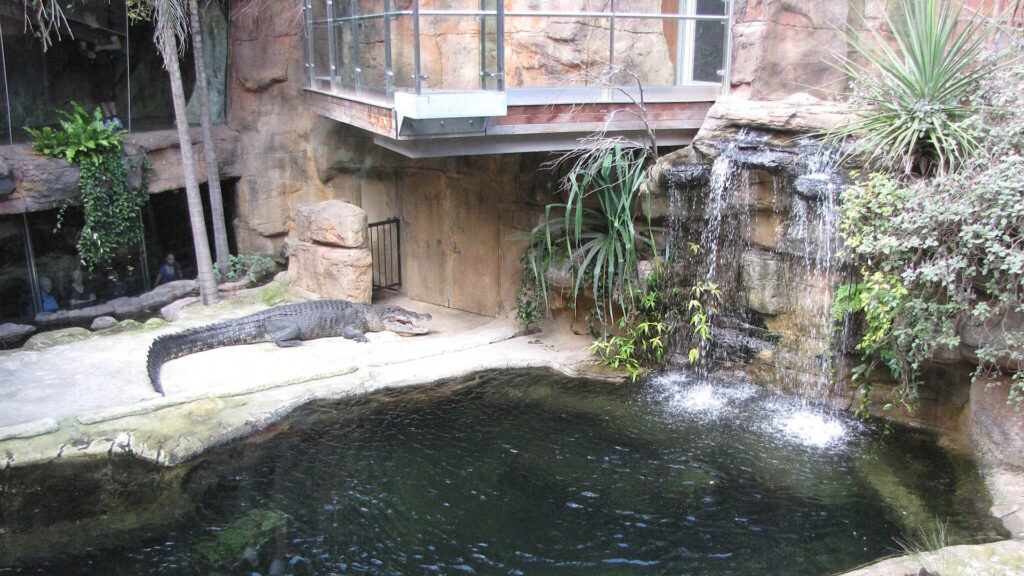
Maintaining appropriate humidity levels is crucial for reptile health but is frequently mismanaged by owners. Desert species often suffer from respiratory infections when kept in overly humid environments, while tropical species can develop dehydration, shedding problems, and kidney issues in conditions that are too dry. Many owners make the mistake of misting the entire enclosure uniformly without creating microclimate variations that would naturally exist in the wild. Inadequate ventilation compounds humidity problems, leading to stagnant air and potential bacterial or fungal growth that can cause serious health issues for reptiles.
Fixing Humidity Management Issues
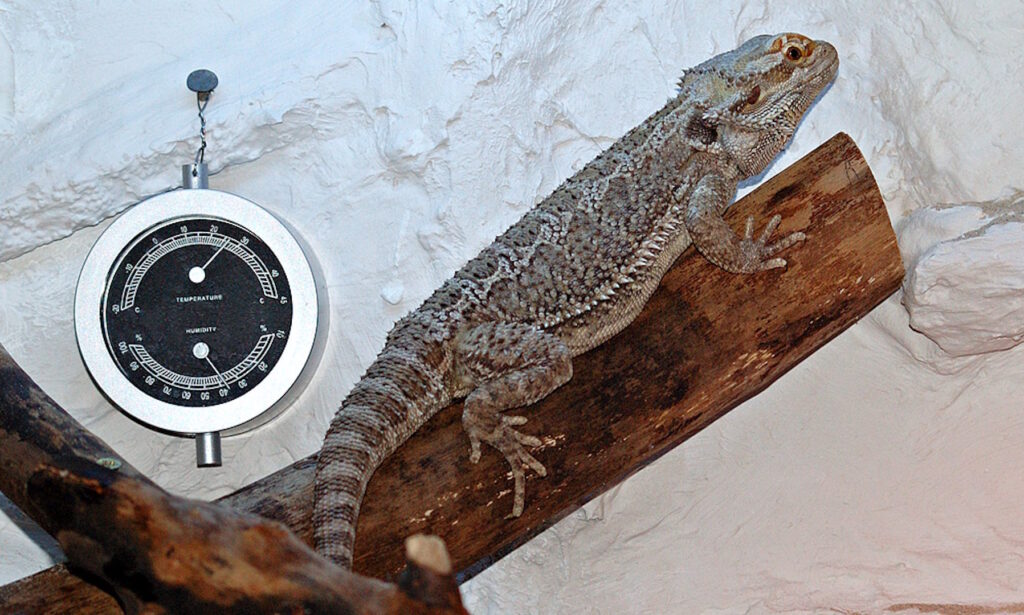
Invest in reliable hygrometers to monitor humidity levels in different areas of the enclosure, ensuring they match the requirements of your specific species. Create humidity gradients by providing a moist hide filled with damp sphagnum moss or coconut fiber on one side of the enclosure while maintaining drier areas elsewhere, allowing your reptile to self-regulate its exposure to moisture. For species requiring higher ambient humidity, use appropriate substrates that retain moisture well, such as cypress mulch or coconut coir, and consider larger water dishes or automated misting systems for consistent humidity levels. Balance humidity requirements with proper ventilation to prevent stagnant air conditions that can lead to respiratory issues, using screen sections, ventilation holes, or small fans if necessary to create gentle air circulation while maintaining appropriate humidity levels.
Inappropriate Diet and Feeding Practices
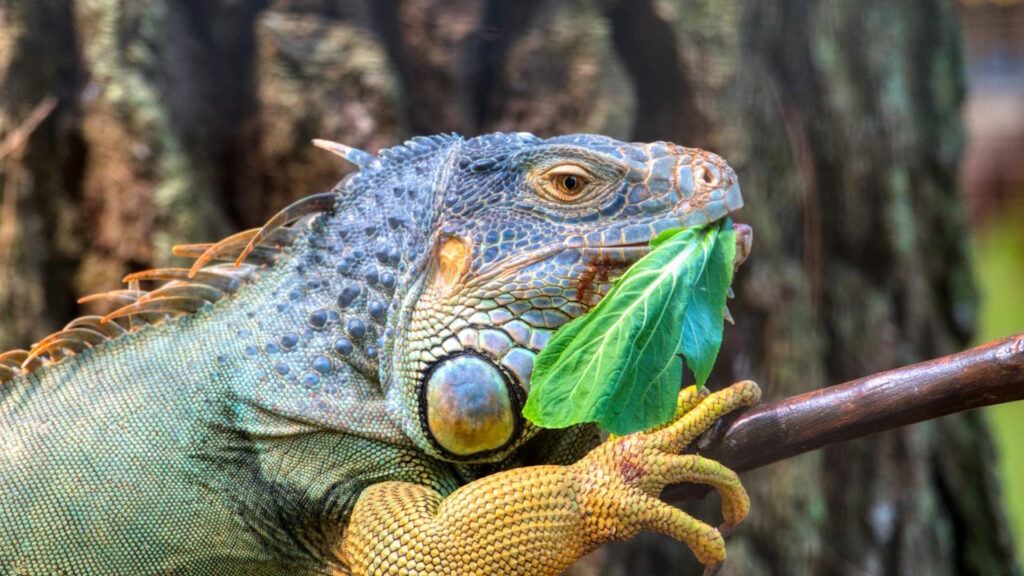
Dietary mistakes rank among the most common and serious issues for captive reptiles, often stemming from outdated information or misconceptions about their nutritional needs. Many owners rely too heavily on a single food item – like mealworms for insectivores or romaine lettuce for herbivores – creating nutritional imbalances over time. Commercial reptile foods may be convenient but often lack the nutritional complexity of a varied, species-appropriate diet. Overfeeding is another prevalent issue, particularly with species that naturally experience seasonal food scarcity in the wild, leading to obesity and associated health problems like fatty liver disease and shortened lifespan.
Correcting Dietary Mistakes
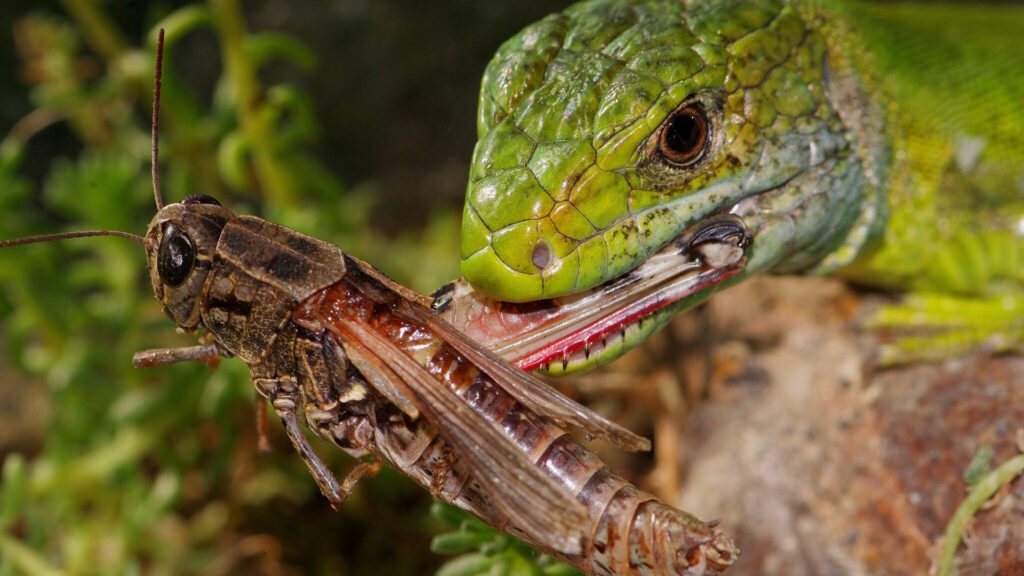
Research the specific dietary requirements of your reptile species, understanding that these needs may change throughout different life stages. For insectivorous reptiles, rotate between multiple feeder insects like crickets, dubia roaches, black soldier fly larvae, and silkworms rather than relying solely on easily available options like mealworms or superworms. Properly gut-load feeder insects 24-48 hours before feeding by providing nutritious foods like leafy greens, vegetables, and commercial gut-loading formulas to increase their nutritional value. For herbivorous reptiles, offer a diverse mix of leafy greens, vegetables, and appropriate fruits in the correct ratios for your species, avoiding excessively sugary items or toxic plants. Develop an appropriate feeding schedule based on your reptile’s age, activity level, and species requirements rather than feeding on demand, which can lead to obesity in species adapted to feast-or-famine conditions in the wild.
Neglecting Regular Health Monitoring
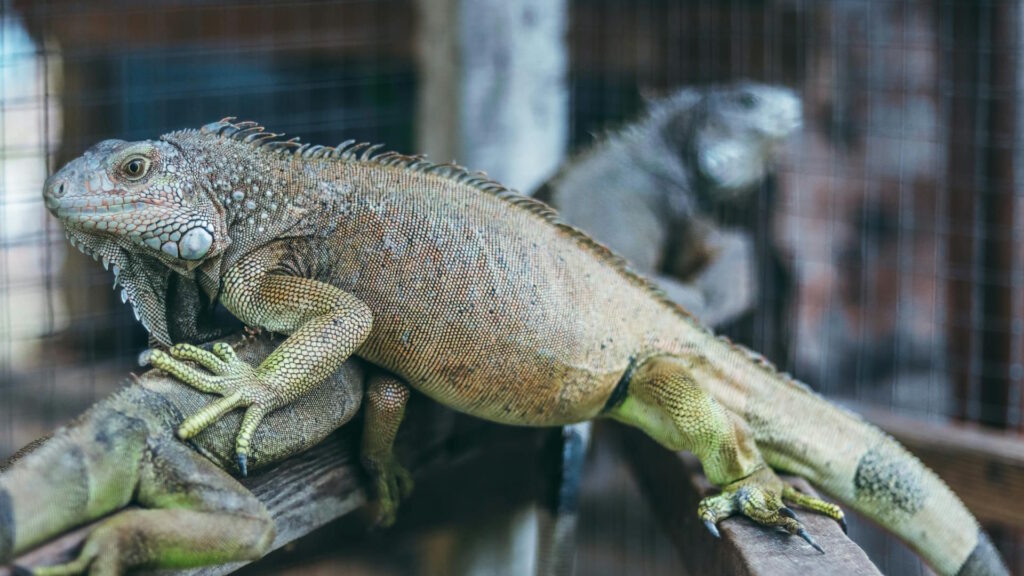
Reptiles are masters at hiding illness until conditions become severe, an evolutionary adaptation that prevents them from appearing vulnerable to predators in the wild. Unfortunately, this means many owners miss early warning signs of health problems until they’ve become serious or even life-threatening. Regular handling and observation are essential for detecting subtle changes in behavior, appearance, or function that might indicate emerging health issues. Unlike mammals that may obviously display symptoms like coughing or sneezing, reptiles often show more subtle signs like changes in basking behavior, slight weight loss, or decreased appetite that can be easy to overlook without consistent monitoring.
Implementing Effective Health Monitoring
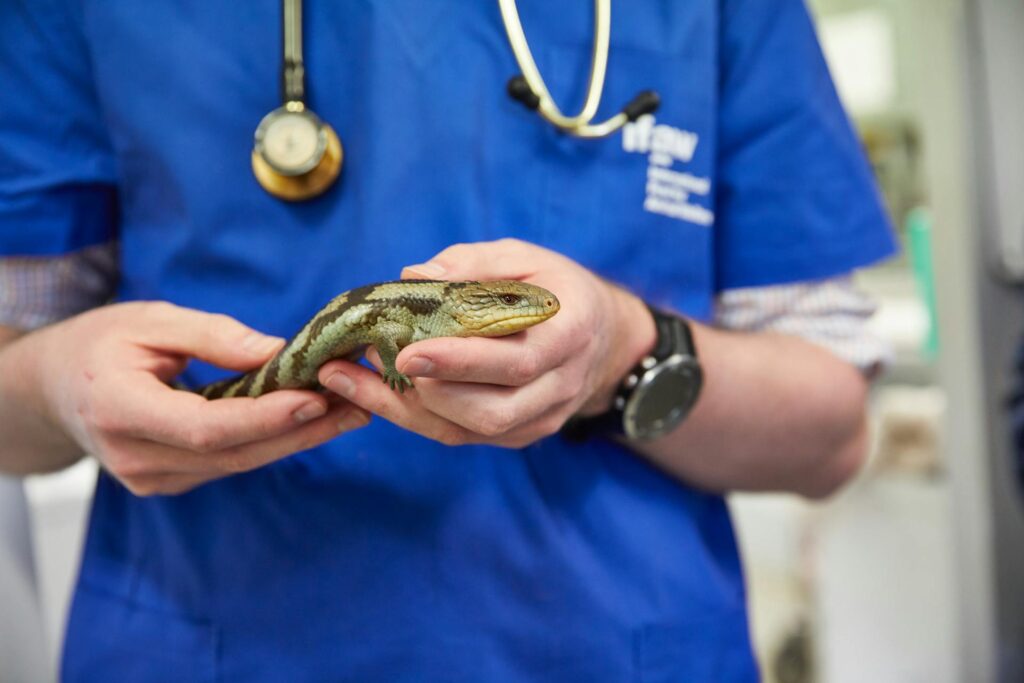
Establish a regular schedule for weighing your reptile and recording the results, as weight loss or unusual gains can be early indicators of health problems before other symptoms appear. Perform routine visual examinations of your reptile’s body condition, looking for abnormalities like swollen joints, retained shed, rostral abrasions, or changes in skin color or texture. Monitor eating, defecation, and activity patterns, keeping a simple log if necessary to track any concerning trends over time. Build a relationship with an experienced reptile veterinarian before emergencies arise, scheduling annual wellness exams rather than waiting for obvious illness, as preventative care is far more effective and less stressful for reptiles than emergency treatment.
Insufficient Environmental Enrichment
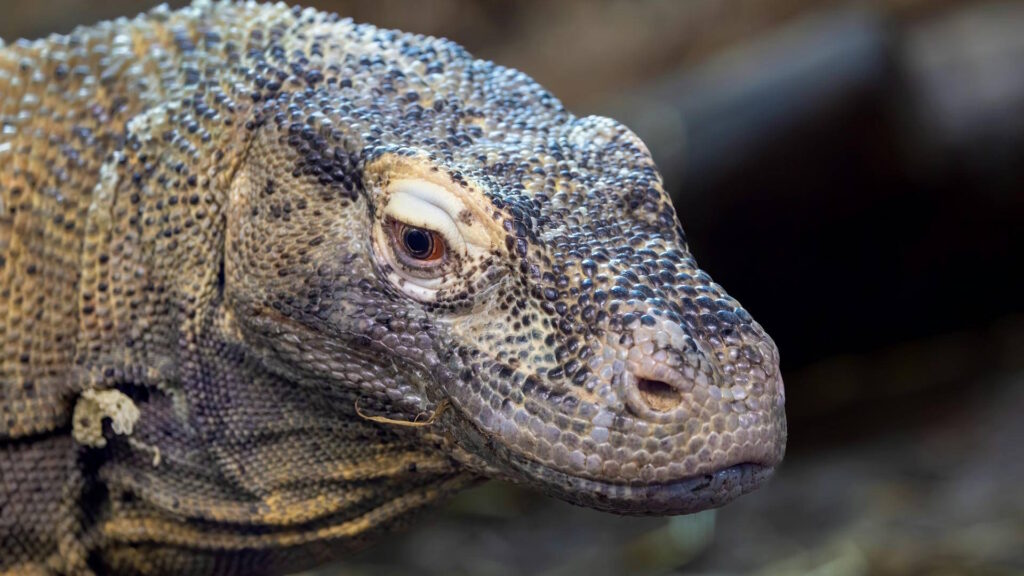
Many owners provide the basic necessities for their reptiles but overlook the importance of environmental enrichment that stimulates natural behaviors and promotes psychological wellbeing. The misconception that reptiles are “simple” animals that don’t need enrichment is outdated and contradicted by research showing that reptiles benefit significantly from environments that allow expression of natural behaviors. Barren enclosures with minimal features may be easier to clean but can lead to stress, lethargy, and abnormal behaviors like glass surfing or excessive hiding. Many species that appear inactive in captivity actually travel considerable distances and engage in complex behaviors in their natural habitats.
Enhancing Environmental Enrichment
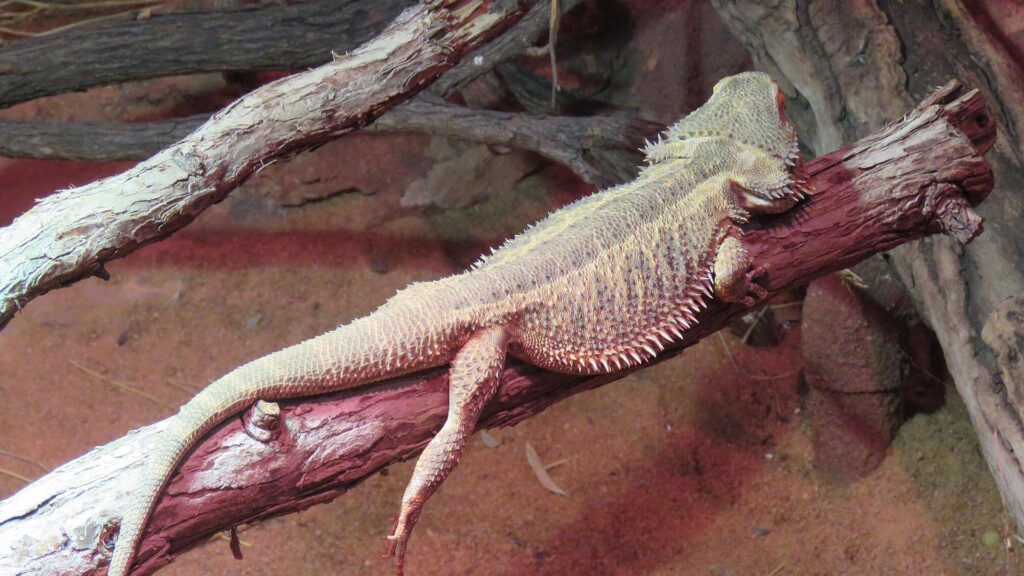
Create a naturalistic enclosure with multiple hiding places, climbing structures, basking platforms, and visual barriers that allow your reptile to feel secure while exploring different microenvironments. Incorporate a variety of textures and substrates that encourage natural behaviors – dig boxes for burrowing species, rough surfaces for shedding assistance, and varied climbing materials for arboreal species. Rotate enclosure features periodically to provide novelty and stimulation without creating undue stress from complete environment changes. For many species, supervised exploration outside the enclosure in a reptile-safe room can provide valuable exercise and enrichment, though always with appropriate temperature management and careful supervision to prevent escape or injury.
Conclusion: Creating a Thriving Environment for Your Reptile
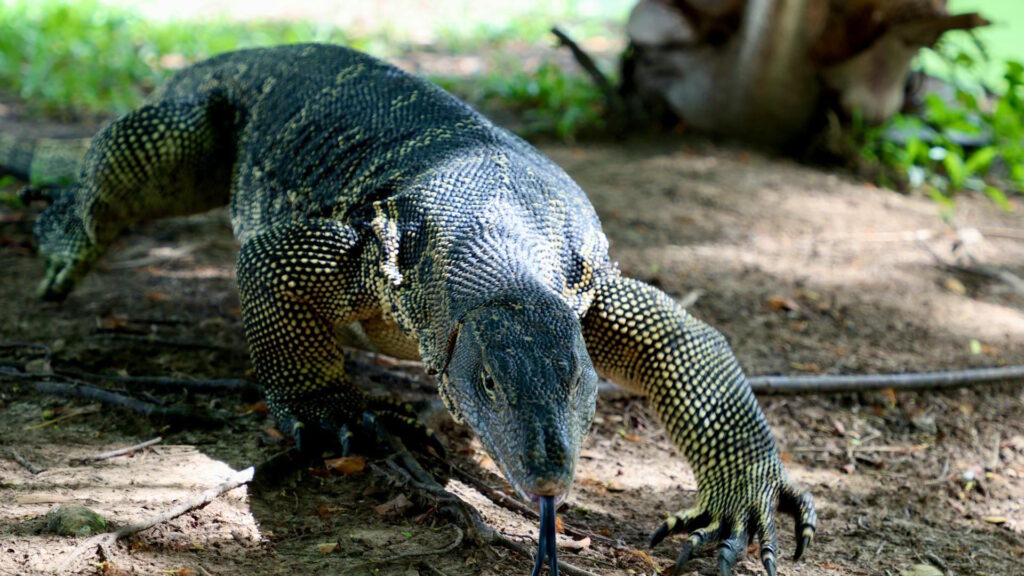
Successfully keeping reptiles requires moving beyond the basic care parameters to truly understanding their complex needs as specialized creatures adapted to specific ecological niches. By addressing these common mistakes – improper temperature gradients, inadequate UVB lighting, inappropriate enclosure size, poor humidity management, and improper diet – you’ll significantly improve your reptile’s quality of life and longevity. Remember that reptile husbandry knowledge continues to evolve as researchers learn more about these fascinating animals, so staying connected with reputable reptile communities and continuing to educate yourself is essential. With proper care, your reptilian companion can thrive for many years, rewarding you with the opportunity to observe and interact with these remarkable evolutionary survivors in your own home.




